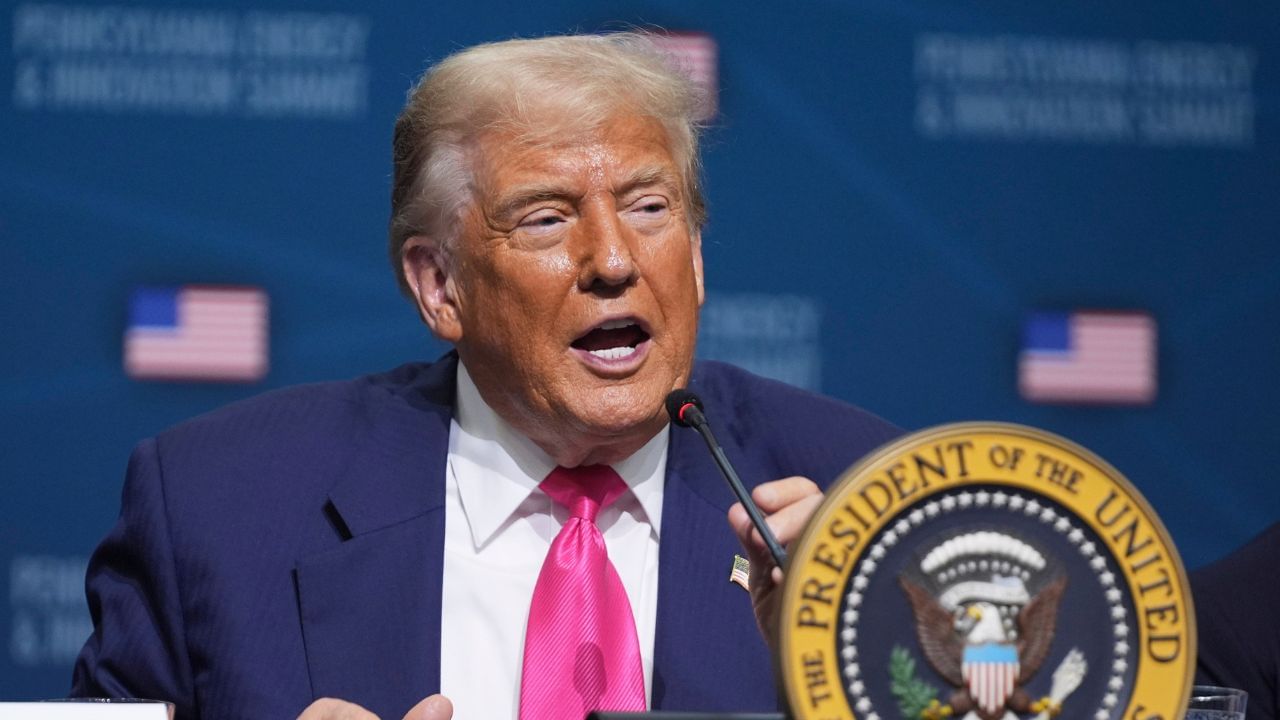By – Nilendu Sen
Tariff Karun Kya Uski, Jisne Tumhe Banaya?
What do you call it when a country willingly raises prices on goods that it doesn’t even make well anymore, starves its own consumers of affordable essentials, and then tries to pass it off as self-respect? In India, we’d mutter something about cutting the nose to spite the face. In America, they call it Trump’s tariffs.
A fresh 25% duty walloped onto Indian exports—pharmaceuticals, textiles, auto parts and such—isn’t a strategy. It’s a sulk, dressed up in a star-spangled tie. This isn’t economic protection. This is extortion cloaked in pseudo-nationalist rhetoric. This is the loot of Americans—by a government they didn’t even ask to protect them. The economy wasn’t broken when Biden stepped down. Demand wasn’t limping. Industry wasn’t on strike. This isn’t a rescue mission. It’s a racket in broad daylight.
Punching Your Own Pharmacy
The spin is familiar—bring back jobs, punish outsourcing, strengthen local industry. But here’s what’s actually arriving: costlier medicines, disrupted supply chains, and empty chairs where the ‘revived’ factories were supposed to go.
India supplies 40% of the generics used in the U.S.. They’re affordable, reliable, and life-sustaining. And yet, Trump’s tariff tantrum will raise their price tags, strain small-town pharmacies, and do absolutely nothing to resurrect an American pharma sector that never really made generics at scale in the first place.
This is not protection. It’s punishment—served cold to your own people.
Roti, Kapda, Generic Dawa
Strongman economics often confuses performance with consequence. We’ve seen that before, haven’t we? Announce loudly, execute vaguely, and when it doesn’t land—blame someone else.
Trump wants to replace Indian shirts and tablets with American ones. Let’s do the math. A ₹800 shirt from India becomes ₹1000 with the tariff. An American one? Try ₹2500, if you can find it at all. And the medicine? More of the same.
This isn’t import substitution. This is nostalgia packaged as policy.
Capital Has a Nose for Drama
Investors—those nervous creatures—don’t like tantrums. They fled China when the grip tightened. Now they’re blinking at the U.S., wondering if the new normal includes random fiscal firecrackers. Tariffs spook money. It doesn’t matter if they’re American or Assamese.
And those multinationals Trump wants to corral into Michigan? They’re just rerouting to Mexico or relabeling in Vietnam. Trump’s fight with China may be noisy, but he’s training the whole corporate world in supply-chain gymnastics.
Desi Factories, Gora Labels
Here’s the odd twist. While Indian exporters might wince at the pinch, Indian manufacturers could quietly find a way to thrive. Tariffs could force some of us to clean up shop floors, tighten screws, and start thinking like we did post-liberalisation—leaner, sharper, and globally hungry.
Yes, there may be talk of margin squeeze—but let’s not preemptively blame Indian exporters for that. If demand slows in the US, it won’t be because we overcharged. It’ll be because Trump slapped a cess-like tariff on his own citizens, and they blinked. If price resistance builds, it’s Washington’s tantrum that caused it—not anything made in Surat or Hyderabad.
Meanwhile, Bangladesh, which was also slapped with aggressive new tariffs—initially up to 37%—managed to diplomatically negotiate it down to 20% by ordering Boeing aircraft and agreeing to buy U.S. commodities. Their exports took a hit, yes, but they walked away with some tariff relief. India, in contrast, is still paying the full 25%–26% tariff on many categories, and has yet to strike a similar deal. In effect, Bangladesh now faces lower tariffs than India on the same shirts—a situation that flips the trade tables in subtle but significant ways.
This is not India losing and America gaining. This is India taking a blow because America may end up losing even more. The pain is shared, but the logic is not. We may lose a customer temporarily, but they may lose the point of the transaction entirely.
In the 1990s, Indian brands faded, but our factories stitched, screwed, and bottled for the world. Shirts that said Arrow, perfumes that whispered Le Vise—they were made here, behind the curtain. That may well return. Same factories, different nameplates.
Drama Without Delivery
This is not economic strategy. It’s choreography. Tariffs aren’t being used like levers—they’re being tossed like tomatoes. Their purpose isn’t efficiency—it’s applause.
You don’t need an Ivy League degree to see through it. Just check your grocery bill. You’ll feel the tariff before you ever understand it.
Punchlines and Pinches
These new tariffs won’t revive Detroit. They won’t make Akron flood with new factory jobs. What they will do is make Walmart aisles grumble and raise the bill at the drugstore. And all this to pretend that a few taxes will send manufacturing leaping back from exile.
This is not India losing and America gaining. This is India losing because America will likely lose even more. Their self-imposed strain ricochets into our export corridors. But we didn’t choose this tangle—they did.
In trying to look muscular, Trump may have only bruised his own shins.
